Company uses physics of thunderstorms to summon energy out of air.
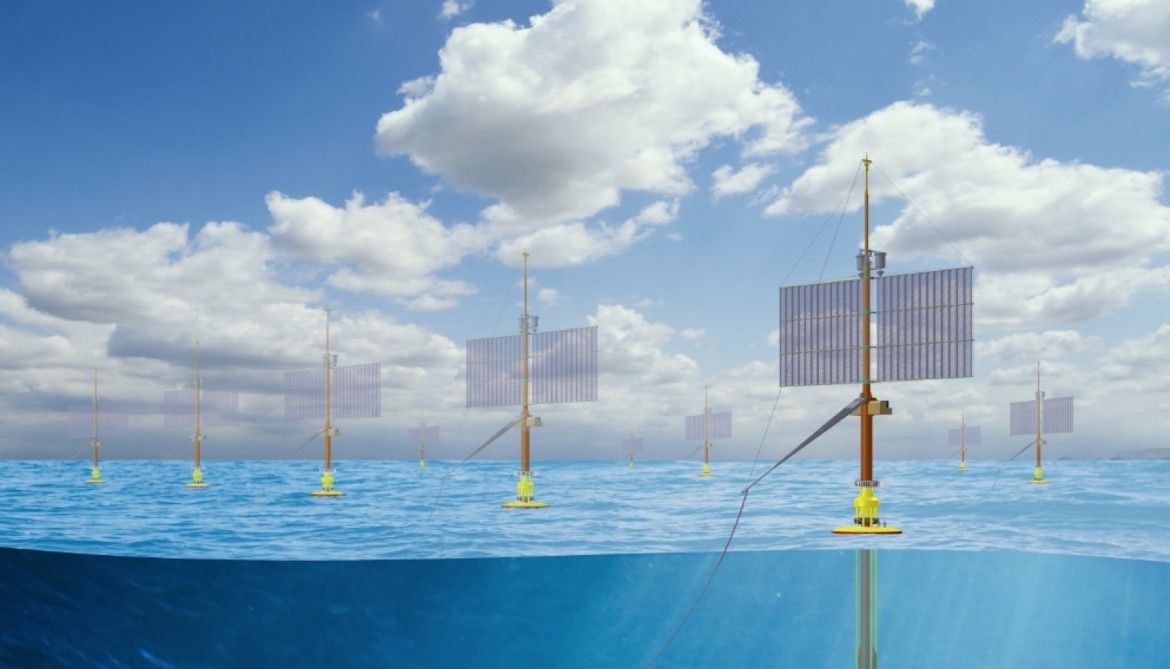

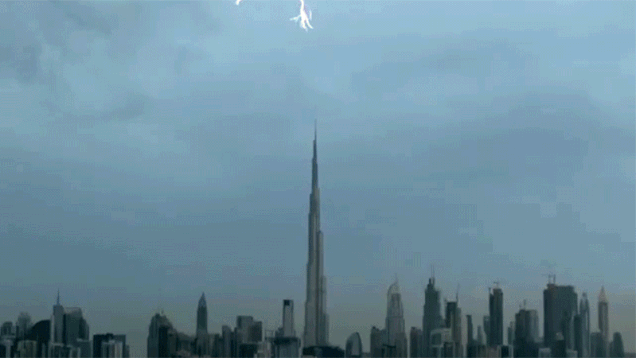
Dubai’s skyline is an ever-growing collection of impressive towering skyscrapers, including the Burj Khalifa, the tallest building in the world. And you know what loves tall buildings even more than tourists do? Lightning.
Instagrammer faz3, also known as Sheikh Hamdan Bin Mohammed Bin Rashid Al Maktoum (the Crown Prince of Dubai), captured this amazing lightning show over Dubai at 1,977 frames per second, turning what is normally a split second occurrence into a beautifully drawn-out ballet of bolts splintering their way across a dark stormy sky.

Danaher’s Instruments of Change — If you feel like your industry that has always been on a slow & stable growth curve is now under greater pressure to change; you’re not alone. Recent indicators are showing with the latest changes in tech and consumers (namely the millennials as the largest consumers today); industries have been shaken up to perform at new levels like never before or companies in those industries will cease to be relevant.
Doing well by doing good is now expected for businesses, and moral leadership is at a premium for CEOs. For today’s companies to maintain their license to operate, they need to take into account a range of elements in their decision making: managing their supply chains, applying new ways of measuring their business performance that include indicators for social as well as commercial returns, and controlling the full life cycle of their products’ usage as well as disposal. This new reality is demonstrated by the launch last September of the Sustainable Development Goals (SDGs), which call on businesses to address sustainability challenges such as poverty, gender equality, and climate change in new and creative ways. The new expectations for business also are at the heart of the Change the World list, launched by Fortune Magazine in August 2015, which is designed to identify and celebrate companies that have made significant progress in addressing major social problems as a part of their core business strategy.
Technology and millennials seem to be driving much of this change. Socially conscious customers and idealistic employees are applauding companies’ ability to do good as part of their profit-making strategy. With social media capable of reaching millions instantly, companies want to be on the right side of capitalism’s power. This is good news for society. Corporate venturing activities are emerging, and companies are increasingly leveraging people, ideas, technology, and business assets to achieve social and environmental priorities together with financial profit. These new venturing strategies are focusing more and more on areas where new partnerships and investments can lead to positive outcomes for all: the shareholders, the workers, the environment, and the local community.
Furthermore, this is especially true in the technology sector. More than 25% of the Change the World companies listed by Fortune are tech companies, and four are in the top ten–Vodafone, Google, Cisco Systems, and Facebook. Facebook’s billionaire co-founder and CEO, Mark Zuckerberg, and his wife have helped propel the technology sector into the spotlight as a shining beacon of how to do good and do well. Zuckerberg and Priscilla Chan pledged on December 1, 2015, to give 99 percent of their fortune to charity. Facebook shares are valued between $40 and $45 billion, which makes this a very large gift. The donations will initially be focused on personalized learning, curing disease, connecting people, and building strong communities.

A novel rechargeable battery developed at MIT could one day play a critical role in the massive expansion of solar generation needed to mitigate climate change by midcentury. Designed to store energy on the electric grid, the high-capacity battery consists of molten metals that naturally separate to form two electrodes in layers on either side of the molten salt electrolyte between them. Tests with cells made of low-cost, Earth-abundant materials confirm that the liquid battery operates efficiently without losing significant capacity or mechanically degrading—common problems in today’s batteries with solid electrodes. The MIT researchers have already demonstrated a simple, low-cost process for manufacturing prototypes of their battery, and future plans call for field tests on small-scale power grids that include intermittent generating sources such as solar and wind.

The combination of human and computer intelligence might be just what we need to solve the “wicked” problems of the world, such as climate change and geopolitical conflict, say researchers from the Human Computation Institute (HCI) and Cornell University.
In an article published in the journal Science, the authors present a new vision of human computation (the science of crowd-powered systems), which pushes beyond traditional limits, and takes on hard problems that until recently have remained out of reach.
Humans surpass machines at many things, ranging from simple pattern recognition to creative abstraction. With the help of computers, these cognitive abilities can be effectively combined into multidimensional collaborative networks that achieve what traditional problem-solving cannot.
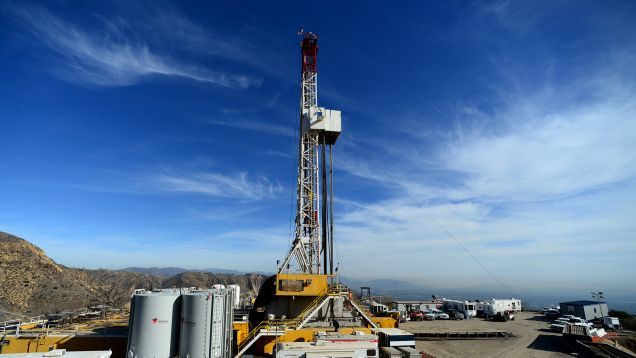
One of the worst environmental disasters of the decade is currently underway in a quiet community 25 miles northwest of Los Angeles. Putrid, methane-rich natural gas has been spewing into the air at an estimated rate of nearly 1,300 metric tons per day for over two months. Experts are calling it the climate version of the BP oil spill, and the leak isn’t going to be contained anytime soon.
Natural gas is often touted as a cleaner energy source than oil or coal, because of the lower greenhouse gas emissions associated with burning it. But as this disaster highlights, there are insidious risk to natural gas production. Coupled with weak regulation, they can make this energy source as dirty as the fossil fuels it’s meant to replace.
“The science is crystal clear: if you allow the methane to leak, you can wipe out its climate benefits,” Tim O’Connor, director of the Environmental Defense Fund’s Oil and Gas Program in California told Gizmodo.
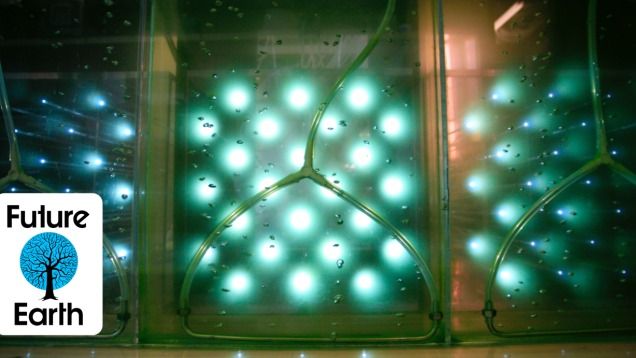
I recall when Venter made the first synthetic unique life form he said biofuels and algae that soaks up carbon dioxide would come out of it. Feels like it has been slow going but here is a why and why no item and please read the comments too as they are also informative.
From powering airplanes to replacing nuclear energy, algae has been touted as a green energy miracle. So if our waterways are already filled with the stuff, why isn’t it filling the world’s skies with biofueled planes? Algae is a tricky creature that presents a lot of challenges and misconceptions. Here’s why it’s difficult to harness—and why it could big a big payoff.
As we previously reported, algae is a fuel source that’s vastly more eco-friendly than oil, and will be crucial as we head into a future filled with climate change and depleting fossil fuels.
In 2013, a paper published in the journal Bioresource Technology reported that algal fuels can cut carbon dioxide emissions by 50 to 70 percent. It’s also more efficient than other biofuels, like those derived from corn. The US Department of Energy says that algae could produce up to 60 times more fuel per acre than land-based plants.
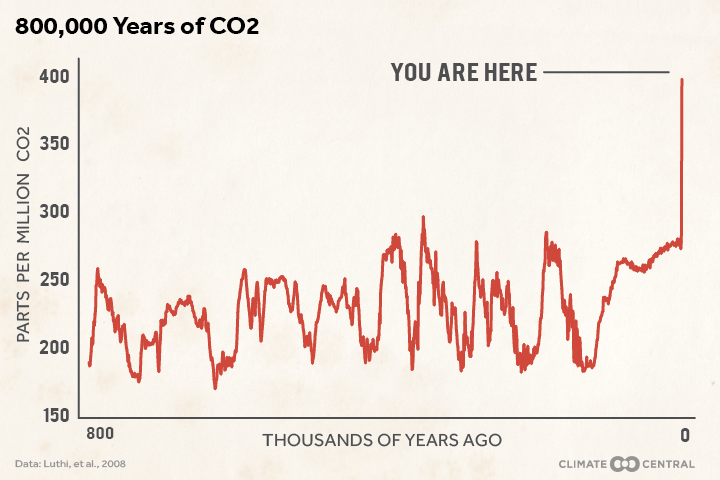
At what state are we leaving earth to the next generation?
We’re likely living in a post-400 ppm world. Here’s what it means to scientists that study the climate.
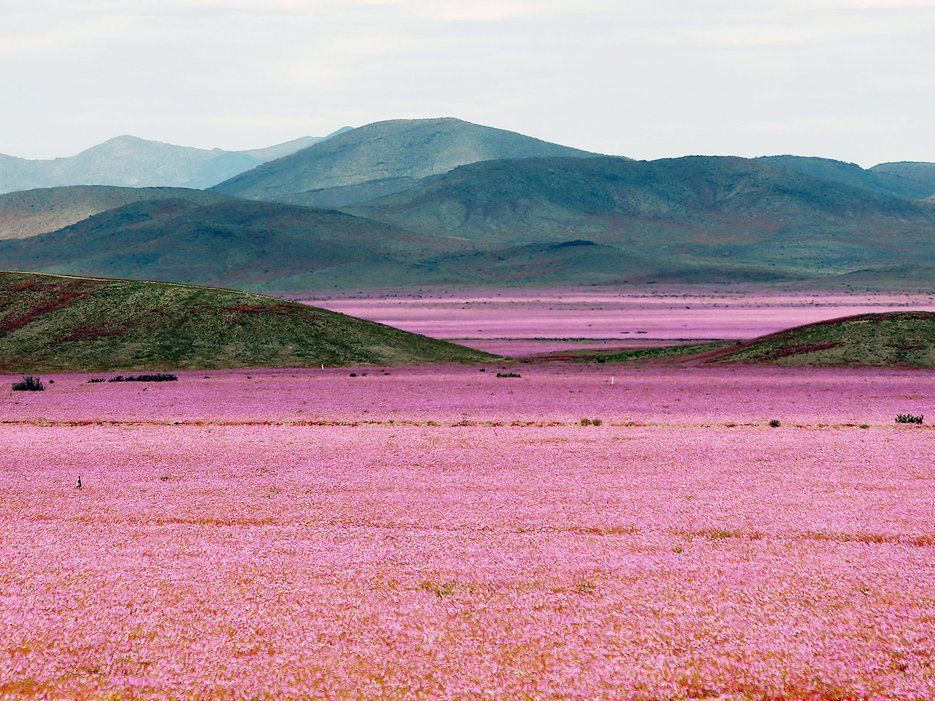
“After Chile’s heaviest rain in 20 years, the Atacama Desert has been transformed into a 600-mile-long bed of flowers.”
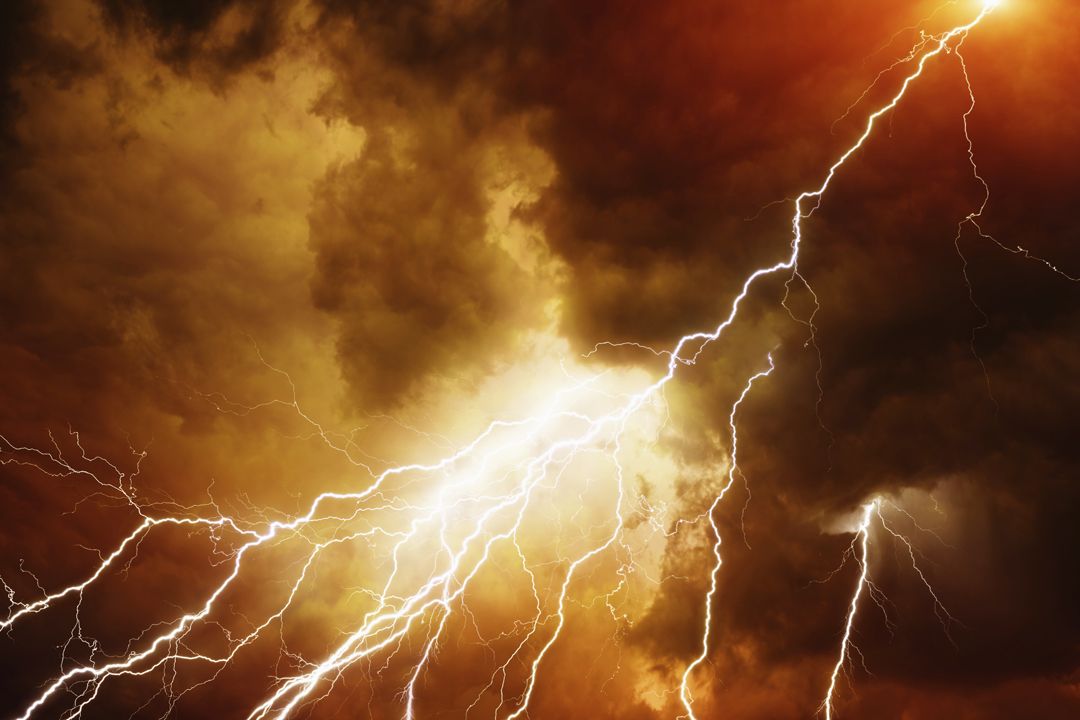
A terrifying few moments flying into the top of an active thunderstorm in a research aircraft has led to an unexpected discovery that could help explain the longstanding mystery of how lightning gets initiated inside a thunderstorm.
University of New Hampshire physicist Joseph Dwyer and lightning science colleagues from the University of California at Santa Cruz and Florida Tech describe the turbulent encounter and discovery in a paper to be published in the Journal of Plasma Physics.
In August 2009, Dwyer and colleagues were aboard a National Center for Atmospheric Research Gulfstream V when it inadvertently flew into the extremely violent thunderstorm—and, it turned out, through a large cloud of positrons, the antimatter opposite of electrons, that should not have been there.